CRN Exclusive: HPE CEO Whitman On Simplifying HPE, Aruba's Share Gains, Cisco Layoffs and Why UCS Customers Should Make The Move To Synergy
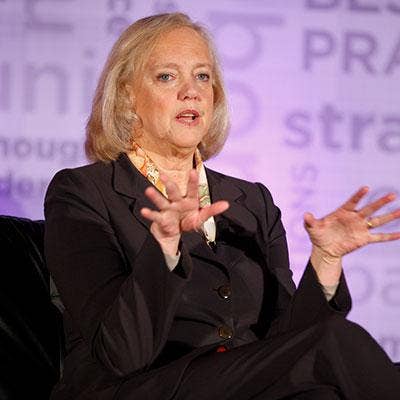
Whitman On The Record
Hewlett Packard Enterprise CEO Meg Whitman spoke with CRN about the company's plan to simplify and streamline, Aruba market share gains, Cisco layoffs and why customers should make the move from Cisco UCS to Synergy.
The discussion with Whitman came after HPE reported adjusted earnings of 35 cents per share on sales of $9.9 billion for its second fiscal quarter ended April 30. The Wall Street consensus was earnings of 35 cents per share on sales of $9.64 billion.
HPE revenues, when adjusted for divestitures and without the impact of currency and the Tier 1 server sales decline, would have been up 1 percent compared with the year-ago quarter, according to the company. HPE's core industry standard server business rebounded with sales down 1 percent when adjusted for currency and divestitures.
As part of the next step in its transformation into a smaller and faster moving $28 billion company, HPE plans to take out as much as $200 to $300 million in additional costs in the second half of the year. "We are taking a fresh look at the cost structure for the new HPE," said Whitman. "As a smaller company, it should be much easier to spot opportunities to optimize the business, streamline processes and reduce costs."

What is the next step in the HPE transformation as you look at the financial architecture of the company with an eye towards simplifying and streamlining?
It just continues to good news for the partners because the simpler we are, the easier it is for them to sell HPE products and services. The simpler it is for us, the faster we can improve turnaround times, the faster that we can accelerate their business. They should feel very bullish on the future of Hewlett Packard Enterprise.
You can see the innovation engine is back in full gear whether it is organic innovation or acquisition or investments. Also, we have increased our ability to focus on partners and our business with them.
Personally, I am now spending 70 to 80 percent of my time with partners and customers – and obviously more partners than customers because 70 percent of our business goes through the partners. Being part of a focused company is only goodness for them.
Our strategy is right on – this notion of we make hybrid IT simple. We power the intelligent edge and we have the services to make it happen is absolutely right for partners.
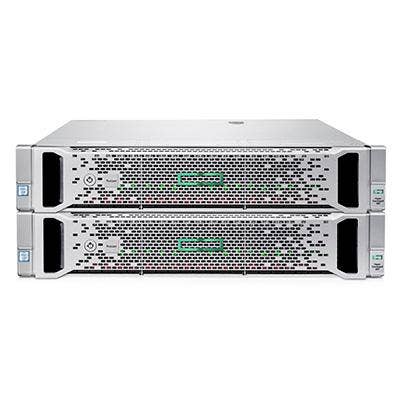
What's the potential to simplify the core server line – which rebounded in the quarter – as you move to the next level of the strategy?
In the U.S., we offer two kinds of servers: standard industry units which are in stock and then we have a business which is config to order – custom servers for particular customers. That is upside down right now. We actually do more custom servers than we do standard stock units. That creates complexity. That creates bid desk delays because we have to bid almost every single one of these separately because they are [configured] separately.
We have to turn that on its head and say here are the 20 or 30 core server offerings – whatever the number is – here is the price menu, everyday low price with instantaneous quoting. That would simplify the supply chain, logistics, the ability to guarantee an order date – all of which is goodness for the partners. That is the kind of thing that we need to do.
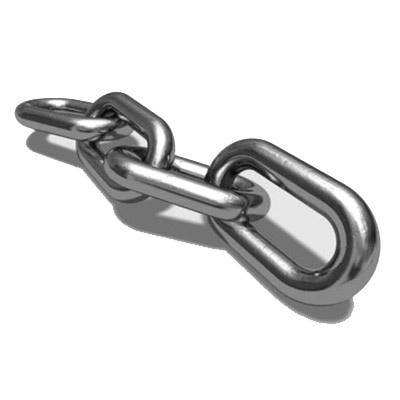
How important is it to make the move to simplify the server logistics and supply chain?
The analogy I use is a number of years ago the car manufacturers had so many alternatives for the buyer – from leather on the steering wheel to no leather on the steering wheel, to six different color seats and six different kinds of radios. By the time they were done they were building custom cars which destroyed the mass production economics. We have got to simplify that part of the business. That will make it better for partners and lower cost which is obviously always part of the game.

Is the strategy for building servers for Tier 1 public cloud providers changing at HPE?
It is just a handful of customers worldwide. Most of those customers are moving to self-build. They are going directly to Asia and they are building their own servers. By the way, I am not sure it is a wise economic decision, but that is what they have decided to do.
My view now is that while that is a growth market, it is very low-calorie revenue for us meaning we don't make much margin at all. I would rather take that expertise and pour it right back into the partner network for core servers.
Core servers actually stabilized last quarter – just down one percent – which is good, given the market. I think we will be able to grow that core server business by focusing the resources that used to be on Tier 1 on the partners. We will see what happens with Tier 1. It is just a handful of customers. It is a lumpy business. There is a lot of business we do with what I would call Tier 2 and Tier 3 service providers that we participate in with partners – particularly outside the United States – because the Tier 2 and Tier 3 service providers are more ubiquitous outside the US.
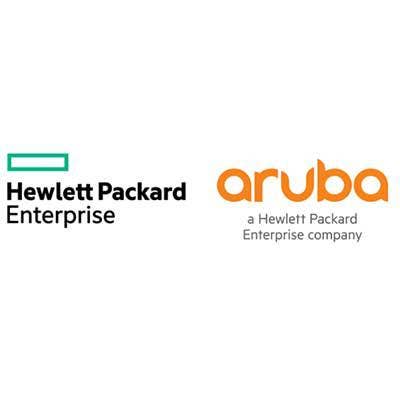
What kind of gains are you making with the Aruba business and what does that mean to partners?
This is a very big opportunity for partners. The wireless part of Aruba grew 32 percent (in the most recent quarter) – faster than that in Europe. This is a very exciting offering. Aruba is really the tip of the sphere for the digital transformation for a company. This can be a digital transformation for customers – whether it is retail or hospitals – and it can also be a digital transformation of the employee experience.
Every company, no matter how small or how large, has got to go through this digital transformation and Aruba is the easiest to understand and implement. What I tell partners is they should get on this train because it is growing really fast. We gained two points of share versus Cisco. We are going to keep that up. The innovation engine that (Aruba cofounder and General Manager) Keerti Melkote is driving is remarkable. By the way when you get your feet wet with Aruba that will lead you to IoT which is a growth area of the company.

How should partners look at the Aruba Edge business versus the data center?
Face it: the data center is under some pressure. But the campus, branch, and edge is not. The campus branch and edge is growing. So as partners decide where to invest that is a really good place.
The Aruba wireless business grew three times the rate of the market which is extraordinary. Nothing grows three times the market. This is a really big opportunity and it is a way to get your feet wet in campus, branch and edge which is strategically super important for partners.
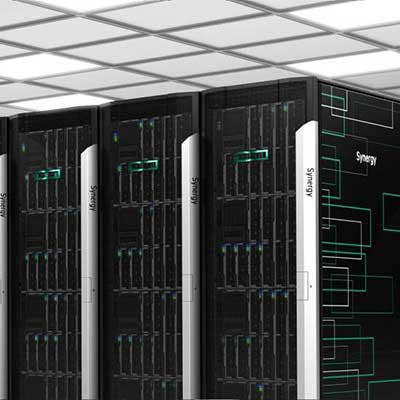
What kind of traction do you see with Synergy?
Synergy is really a breakthrough product. It is a new kind of compute called composable infrastructure. If you want to build a private cloud on-prem with the ease and agility and asset utilization of the public cloud you should buy Synergy. It also happens to be the next generation of blades. So there are two ways partners can sell this – you want to be on the next generation of compute in the industry that will allow you to run with public cloud economics on-prem. But, also, if you are an installed base customer of HPE blades, then you should upgrade to Synergy because it is 30 percent cheaper and 30 percent faster.
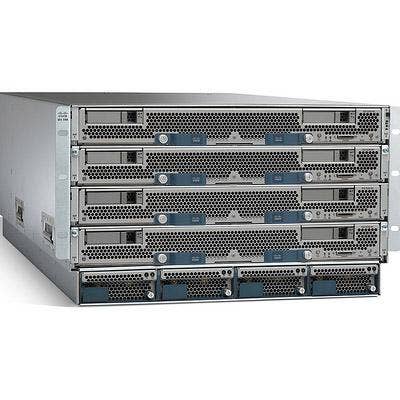
What is the Synergy story versus Cisco UCS?
If you are one of the folks that bought into the (Cisco) UCS promise – UCS is not being invested in. They just fired 40 percent of their people out here in the Valley. So if you've got a UCS installed base and you want to get to the next generation of blades, you should really think hard about Synergy. We are excited about the product. We have 400 customers. The pipeline is growing every single day. The partners now understand how to sell this. When you create a new category, it takes a little time. What I tell the partners is start with your installed base of HPE blades. The way I like to say it is: "It's blades, only better."
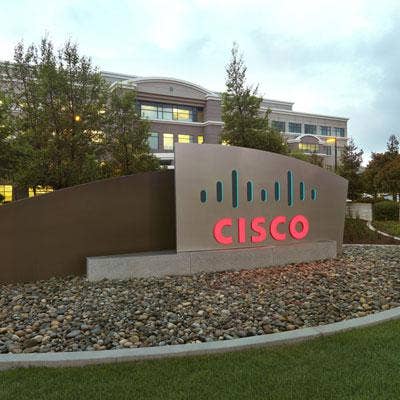
What is the opportunity to provide infrastructure in the data center versus Cisco?
Cisco is going through some of the same challenges we did three or four years ago which is – what is the company's strategy? We are doing very well in the campus and branch with Aruba versus Meraki. From a data center perspective, we have got a very good relationship with Arista where we resell Arista. Arista is taking a lot of share away from Cisco in the data center. I think it is like 13 points of share in the data center. No one has taken 13 points of share away from Cisco.
You can never count Cisco out. It is a great competitor – a remarkable company over the last three decades. I think we are gaining on them. I think Arista is gaining on them. I think it is going to be hard for them to sustain their move into blade infrastructure because that is just not what the company does right now. So when you lay off 40 percent of your UCS R & D and sales team that tells me that is not a priority.

How important is the choice of infrastructure as customers make the digital transformation?
We do think infrastructure really matters. As apps and data become more important, the decision as to where those apps and data should run – in your data center, in a private cloud, in a managed cloud, in a public cloud – that decision becomes more important. And then the infrastructure you choose to run that application or workload becomes even more important for applications like SAP HANA. I think we are doing a very good job with infrastructure and there is a lot of money to be made there for partners.

What about the importance of the ISV partner relationships?
The ISV relationships – our relationships with Microsoft, SAP, Citrix, VMware – those are all going very nicely. We are now the leading provider of SAP HANA installations. That is an opportunity for partners. HANA is getting real traction in the marketplace. We should never collectively lose a HANA deal to any other OEM.
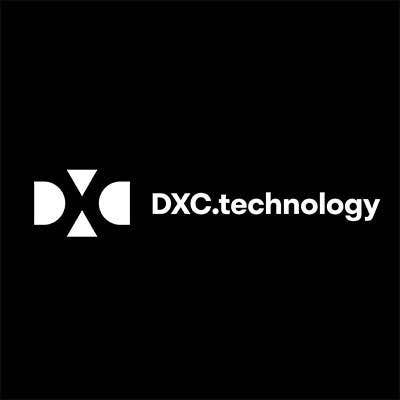
What kind of impact has the spin-off of Enterprise Services into DXC had on the partner strategy and system integrator sales?
I think partners feel more important to us after the spin-off [of] ES. And they should. We have always been a partner-led company, but this drives home that partners really are our future.
If you think of one class of partner – system integrators – were quite hesitant in many ways to do business because we owned ES, the former EDS, and they thought of that as a competitor. So why would you do a lot of business with your competitor? You wouldn't.
With ES moving off to DXC – which still needs to be a very important go-to-market partner of ours – the Sis (System Integrators) whether it is Capgemini, Accenture, PwC, Deloitte, the India-based Sis – they are now super excited to do business with us. They love the technology. They love what we are doing with Synergy. They love the strategy for the go forward Hewlett Packard Enterprise. We are easier to do business with than we used to be. We saw 8 percent year-over-year growth with the alliance partners. And I actually think that is going to accelerate.

How big of an accomplishment was the successful spin-off in April of the Enterprise Services business into DXC?
I don't know that we really get the credit we deserve for this. I remember when we announced the HP Inc. spin from Hewlett Packard Enterprise there was a lot of angst. Partners were saying, "Oh my gosh, they are going to screw up my orders. It is going to be a disaster." They were really worried about it. That was so flawless that separation that it became the new normal. When we announced the second one and everyone thought this will be perfectly fine.
So now it seems super easy. It is not easy. It is really complicated. It is a big execution challenge. And actually this one was more difficult than the HP Inc. and HPE separation because HP Inc. and HPE were siblings and there was one decision maker in the end who had to decide what the right thing was for both entities, which was the board and me. This involved a third party we had to negotiate with, and there was no Solomon. It was a bit more complicated and required the same attention from the EG sales force, the country managing directors, and worker councils. People now expect these separations will go like clockwork.
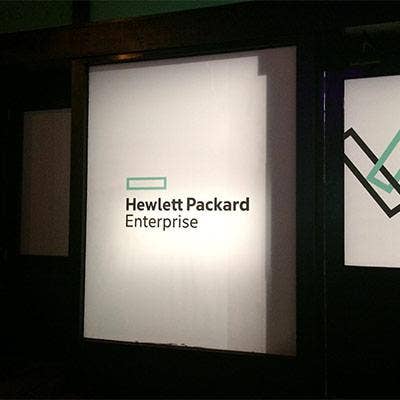
What is the innovation coming up at HPE Discover in Las Vegas next week?
I think this is going to be a great Discover. I am thrilled that we are combining it with Global Partner Conference because it means all the partners get to see the full show floor and understand what is happening at the company in a way that didn't happen when we did them separately.
There is a lot of innovation – a complete refresh of the 3Par all flash storage array and the introduction of Nimble to the partners. Partners are excited about Nimble. SimpliVity is starting to ship on the DL380 which is the most ubiquitous platform in compute. It is our UI (user interface) combined with the SimpliVity fabric.
Synergy obviously has a lot of legs. We are talking a lot about Synergy. We have got a partner from Jacksonville, Fla. talking about how Synergy has actually reshaped her business in the market with a real differentiated offering.
We have a whole section on IoT and compute at the edge. It is going to be fun and a great chance for the partners to really rethink how they want to invest their dollars over the next 12 to 18 months to grow the business.